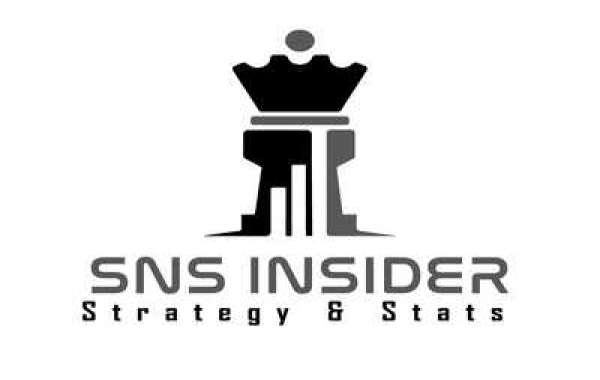In the intricate dance of modern commerce, where every link in the supply chain must move with precision to meet consumer demands, the role of a Supply Chain Control Toweremerges as indispensable. A supply chain control tower isn't just a physical entity; it's a strategic approach that leverages technology, data, and analytics to orchestrate the flow of goods seamlessly from manufacturer to consumer. It stands as the nerve center of the entire supply chain ecosystem, offering real-time visibility and empowering decision-makers with actionable insights.
At its core, a supply chain control tower is about foresight, agility, and optimization. By integrating data streams from various touchpoints across the supply chain from suppliers and manufacturers to logistics partners and retailers it provides a comprehensive view of the entire operation. This bird's-eye perspective enables accurate forecasting, allowing companies to anticipate demand fluctuations and adjust production and distribution accordingly. With foresight comes agility, as companies can swiftly adapt to changing market conditions and customer preferences.
One of the most significant advantages of a supply chain control tower lies in its ability to ensure optimum inventory levels. By closely monitoring inventory levels and demand patterns, companies can minimize stockouts and excess inventory, thereby reducing carrying costs and maximizing capital efficiency. Moreover, real-time visibility into inventory movements enables proactive management of supply chain disruptions, such as delays in transportation or production bottlenecks, ensuring uninterrupted flow throughout the network.
The power of a supply chain control tower extends beyond reactive problem-solving; it empowers companies to proactively optimize their operations through scenario modeling. By simulating different what-if scenarios, such as changes in demand, supply constraints, or disruptions in the network, companies can assess the potential impact on their operations and identify the most effective course of action. This strategic foresight not only mitigates risks but also unlocks opportunities for efficiency gains and cost savings.
Furthermore, supply chain control towers foster collaboration and alignment across organizational silos. By breaking down data silos and fostering cross-functional communication, they enable seamless coordination between different stakeholders, from procurement and production to warehousing and distribution. This collaborative approach fosters a culture of continuous improvement, where insights from one part of the supply chain can inform decision-making across the entire network, driving efficiency and innovation.
In essence, a supply chain control tower is more than just a technological solution; it's a mindset shift towards proactive, data-driven decision-making. By harnessing the power of data and analytics, companies can transform their supply chains from reactive and disjointed to proactive and agile. They can anticipate market trends, mitigate risks, and capitalize on opportunities, ultimately delivering greater value to customers and stakeholders alike.
In today's fast-paced and interconnected world, the ability to navigate the complexities of the supply chain landscape is paramount. A supply chain control tower serves as a beacon of clarity in this sea of uncertainty, guiding companies towards operational excellence and competitive advantage. As businesses continue to embrace digital transformation, the importance of a robust supply chain control tower will only grow, serving as a cornerstone of success in the ever-evolving marketplace.






